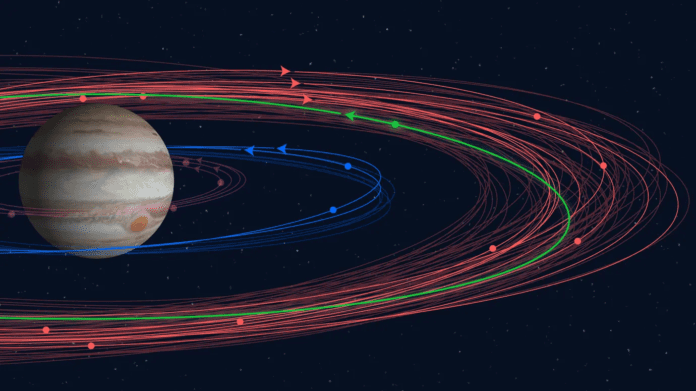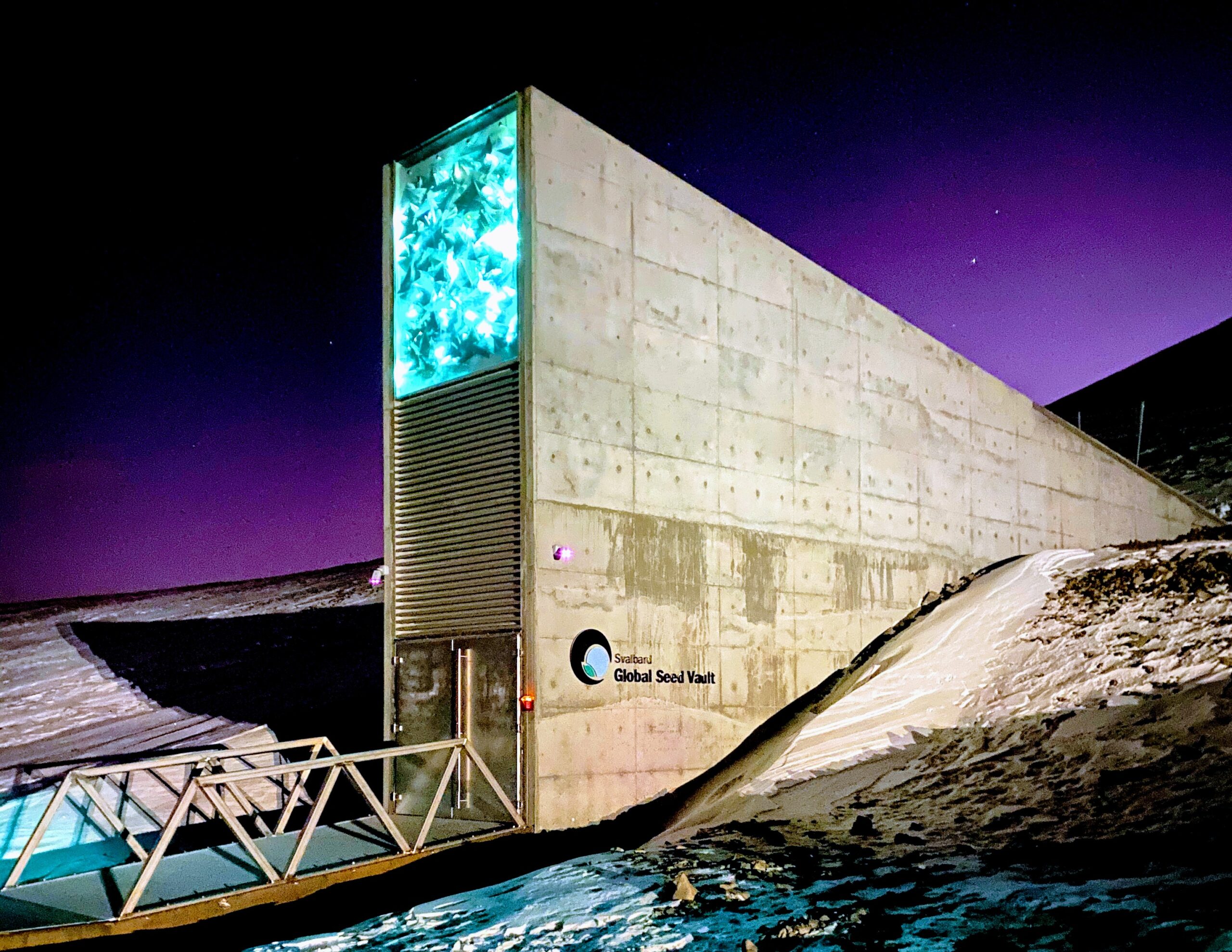Introduction
Jupiter, the mighty gas giant reigning supreme in our solar system, commands attention not only for its colossal presence but also for the retinue of moons orbiting in its cosmic embrace. Among these celestial companions, four stand out prominently—the Galilean moons: Io, Europa, Ganymede, and Callisto. Discovered by the keen eyes of Galileo Galilei in 1610, these moons have become cosmic wonders, each offering unique insights into the complexity of our solar system.
In this exploration of Jupiter’s Galilean moons, we embark on a journey beyond the ordinary. From the volcanic fury of Io to the icy enigma of Europa, from the magnetic allure of Ganymede to the cratered riddles of Callisto, each moon unfurls its distinct narrative. We delve into the mysteries concealed beneath their surfaces, from potential subsurface oceans to the captivating dance with Jupiter’s powerful gravitational forces.
1. Ganymede: A Magnetic Marvel
Ganymede, the largest moon in our solar system, reigns as Jupiter’s captivating satellite, boasting unique features that set it apart. With its own magnetic field, Ganymede unveils a celestial spectacle as it generates its version of the northern lights near its polar regions.
Beyond its magnetic prowess, Ganymede’s surface paints a mosaic of diverse terrains, blending ancient, heavily cratered regions with newer, smoother expanses. Dark, cratered areas hint at the moon’s primordial crust, while lighter, smoother sections suggest geological activity, possibly linked to water release beneath the surface.
In 1996, the Hubble Space Telescope provided a tantalizing glimpse into Ganymede’s potential atmosphere, revealing signs of a thin layer of oxygen. While too sparse to support familiar life forms, this discovery opened avenues for understanding atmospheric dynamics on distant moons.
As scientific instruments continue to unveil the secrets of Ganymede, the moon’s magnetic dance and geological mysteries add layers to our comprehension of the vast and diverse realms within our solar system. The allure of Ganymede lies not only in its size but in the enigmatic tales woven into its celestial tapestry.
2. Callisto: The Cratered Enigma
Callisto, Jupiter’s second-largest moon and the solar system’s most heavily cratered object, challenges preconceptions with its rugged beauty. Initially deemed the “ugly duckling” among Jupiter’s moons, Callisto’s appearance belies hidden secrets. Data from the Galileo spacecraft hints at the possibility of a subsurface salty ocean, concealed beneath its icy crust.
If confirmed, this ocean, estimated to be around 155 miles (250 kilometers) beneath the icy surface, could hold clues to the potential habitability of icy worlds. The interplay of ice, rock, and metal within Callisto’s interior poses intriguing questions about the moon’s geological and thermal history.
The abundant craters that adorn Callisto’s surface tell tales of eons past, bearing witness to countless impacts from space debris. These scars provide a chronological record of the moon’s interaction with its cosmic environment, offering scientists insights into the broader history of the Jupiter system.
Callisto’s enigmatic nature extends to the possibility of subsurface oceans fostering unique environments. While the surface may appear harsh and inhospitable, the mysteries hidden beneath the icy exterior beckon scientists to delve deeper into the secrets of this intriguing moon.
As our understanding of celestial bodies evolves, Callisto stands as a testament to the surprises that await within the depths of our solar system, challenging us to unravel the complexities of its ancient landscapes and potentially life-supporting realms.
3. Io: Jupiter’s Volcanic Wonder
Io (pronounced “EYE oh”) emerges as the most volcanically active world in the solar system, a testament to the relentless forces shaping its tumultuous landscape. Positioned as Jupiter’s third-largest moon, Io is a celestial body caught in a gravitational tug-of-war, subjecting it to intense tidal forces.
Approximately the size of Earth’s Moon, Io bears the scars of its fiery temperament with hundreds of volcanoes dotting its surface. These volcanic features spew lava fountains, reaching extraordinary heights, creating a surreal and dynamic environment. The high volcanic activity is a consequence of the gravitational interplay between Io, Jupiter, Europa, and Ganymede.
Unlike the Moon, which has a predominantly circular orbit, Io’s elliptical trajectory induces substantial tidal forces. As Io traverses its orbit, the gravitational stresses on one side surpass those on the other, causing the moon’s surface to bulge significantly. This results in a fluctuation of up to 330 feet (100 meters) in Io’s surface, showcasing the profound impact of tidal forces.
The intricate relationship between Io and Jupiter extends to the peculiar phenomenon of electrical generation. Orbiting at a distance of about 262,000 miles (422,000 kilometers), Io intersects Jupiter’s magnetic field, transforming the moon into a colossal electric generator. The ensuing electric current flows back to Jupiter, manifesting as lightning in the gas giant’s upper atmosphere.
While Io presents a chaotic and inhospitable environment, its unique attributes make it a captivating subject of study. Despite its apparent hostility to life as we know it, the intricate dance between gravitational forces and volcanic activity paints a vivid portrait of the ceaseless dynamics shaping the moons of our solar system.
4. Europa: The Enigmatic Ice Moon
Europa, one of Jupiter’s most captivating moons, has lured scientists into a realm of tantalizing possibilities. Voyager spacecraft flybys in 1979 hinted at an icy surface concealing a potential ocean of liquid water beneath. This revelation sparked a flurry of scientific imagination, envisioning scenarios for extraterrestrial life thriving in Europa’s subsurface ocean.
With a shell approximately 10 to 15 miles (15 to 25 kilometers) thick, Europa’s secrets lie beneath its icy exterior. The suspected ocean, estimated to be 40 to 100 miles (60 to 150 kilometers) deep, positions Europa as a celestial body harboring twice the water content of Earth’s oceans combined, all within a quarter of Earth’s diameter.
Recent observations by the Hubble Space Telescope have provided additional intrigue, suggesting that water from Europa’s ocean may be leaking into space. This potential escape route for water opens new avenues for future space exploration, offering the prospect of studying Europa’s ocean without landing on its icy surface.
While Europa lacks a readily apparent energy source, scientists have detected signs of convection in its ice layer. The possibility of subsurface heating, indicated by features such as pits and domes, further fuels the quest to unveil the mysteries of this enigmatic ice moon.
In the ever-evolving narrative of Jupiter’s moons, the Galilean Quartet stands as a testament to the vast diversity and scientific intrigue present in our solar system’s dynamic celestial dance. From magnetic wonders to volcanic marvels, these moons continue to inspire exploration and deepen our understanding of the cosmos.










